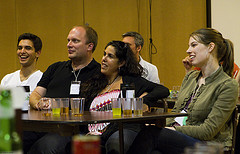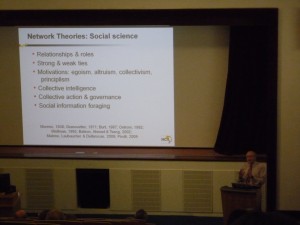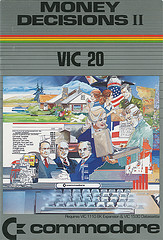Part two: Tablets could change the fate of the Western World
In this four-part series, we look at the impact of tablet computing on education: how tablets can save North American students, but how their ability to collect and analyze how students learn will make teaching more accountable — something that unions will oppose aggressively as they try to protect their members’ jobs.
This is a detailed write-up of the Short Bit I first presented at Bitnorth 2010, with lots of background and links to references I found while putting together that presentation. We decided to break it into several parts to make it easier to digest.
Yesterday, we looked at the sorry state of Western education. Now we’re going to consider the ways in which a digital classroom — made manifest by the modern tablet — could reverse the decline.
Digital education isn’t a new idea. The One Laptop Per Child (OLPC) project started shipping cheap, reliable computers to students years ago, and the Web has been a critical resource for many rural and remote schools. But it’s the arrival of ubiquitous tablet computing that can really transform the modern classroom.
If students have their own tablets, they’re equipped with a powerful platform for learning. Here’s why:






 @
@ Tags:
Tags: 












 Like all images on the site, the topic icons are based on images used under Creative Commons or in the public domain. Originals can be found from the following links. Thanks to
Like all images on the site, the topic icons are based on images used under Creative Commons or in the public domain. Originals can be found from the following links. Thanks to